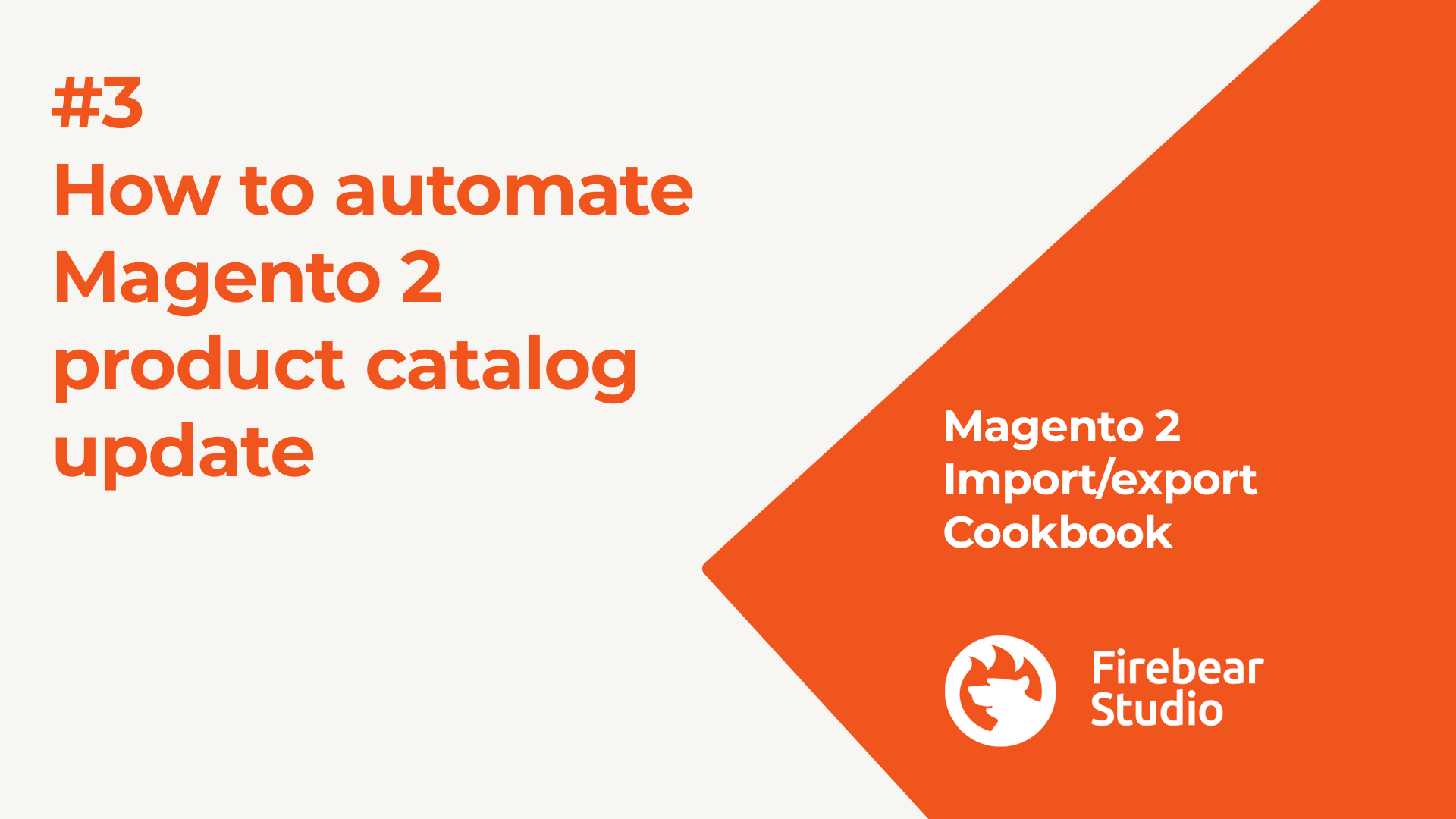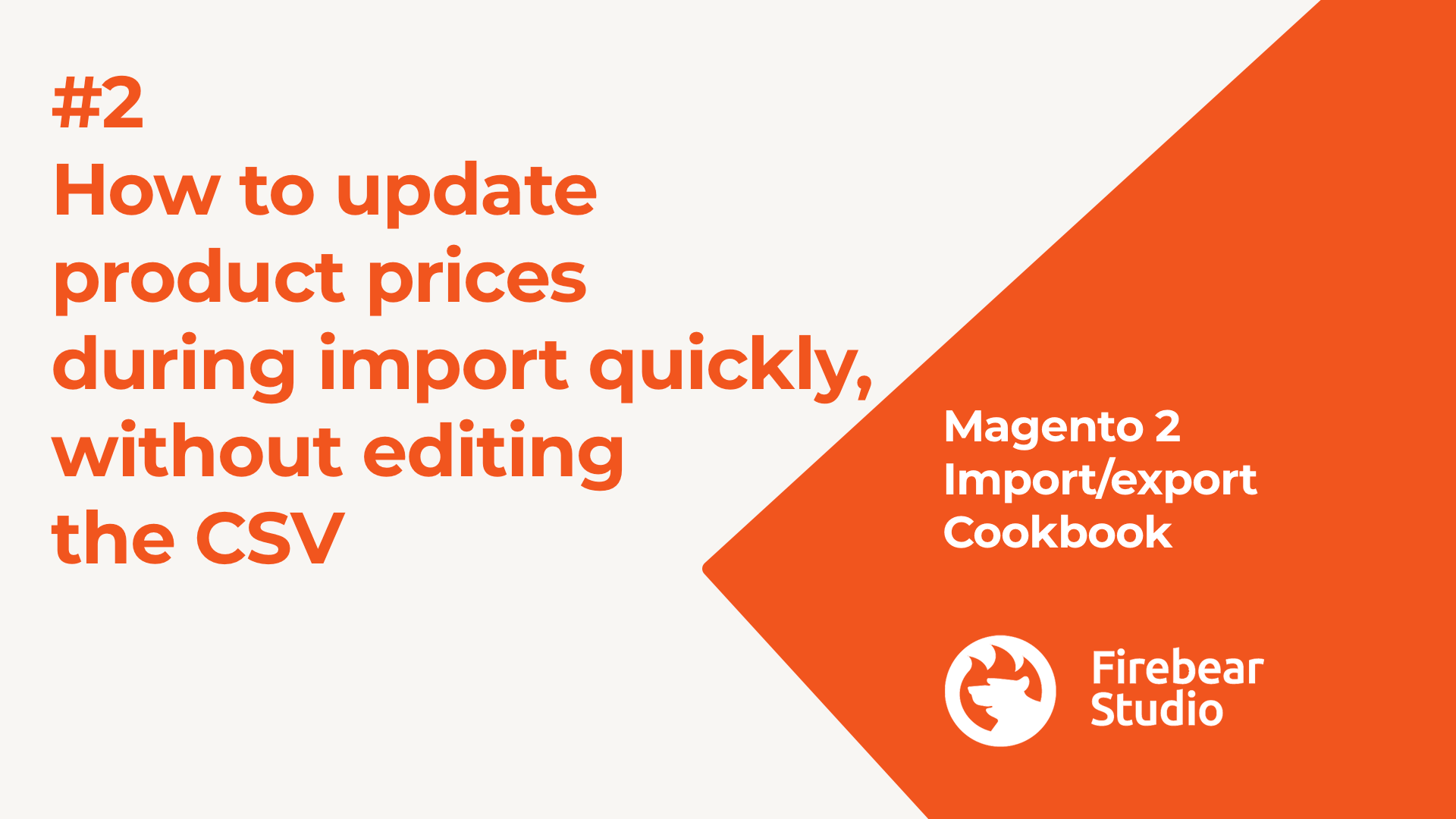How to Import Database in Magento 2

Recently, we’ve spotted a question on StackExchange regarding the Magento 2 database import. David Duong faced problems while transferring a database on . Below, we shed light on the issue and the provided solution for Magento 2 to import a database via the command line. However, it is quite a complex process since the system doesn’t let you transfer a database to Magento 2 directly. You always need to create an output file that contains a particular entity. If your file incorporates several types of data (e.g., products and orders), it is necessary to split it into two separate tables.
Furthermore, you always have to edit attributes in the imported file to make them suitable for the Magento 2 requirements. Otherwise, the Magento import of a database becomes questionable. It is impossible to automate regular data transfers from a remote database to your e-commerce website. However, there is a tool that solves all these issues. After we describe a method provided in the StackExchange discussion, you will find out how to achieve the missing functionality with the help of the Improved Import & Export Magento 2 extension. For more tips and advice, read our Cookbook. Continue Reading








